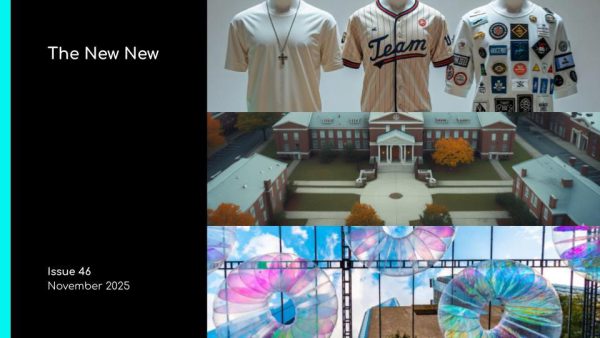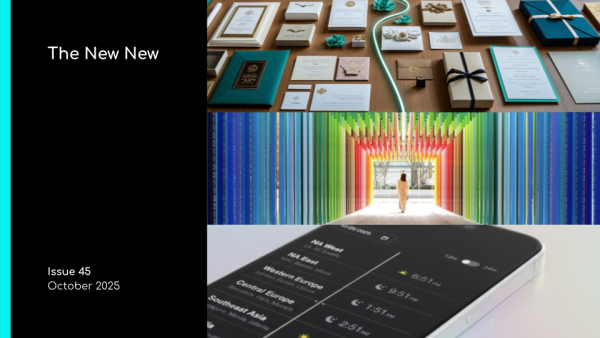Four Paths Into the Future of Virtual Events
As brands continue to go deeper into digital-first event strategies, explore emerging hybrid architectures, and embrace brand communities, the trails blazed in 2020 are opening new ways forward into 2022.

While the planning of in-person events is roaring back, many brands are expanding their investments in bringing communities together with live digital experiences.
As demand continues to expand, so does the landscape of event-centric platforms, tools, and technologies. Across a database of 356 (and growing) solutions, including our own Digital Studios team assessment of over 145 unique providers, the leaders are changing places, the copycats keep popping up, and the innovations are coming together.
Across our portfolio of deep client partnerships—including 13 of the Top 20 Global Brands and a collection of fast-growing category creators—the rapid changes in this landscape overlap with the evolving strategies behind our next-generation digital experiences. One big question has emerged: what is the future of virtual event platforms and the experiences we can create with them?
- Virtual-only Platforms Grow, the Add-ons Expand
The legacy and leading platforms will expand their offerings with improved baselines (i.e., truly intelligent networking tools) and in-demand extras (i.e., virtual viewing parties). These platforms will continue to develop their own plug-ins, and, soon we expect, they will open add-on “app store-like” offerings that will enable entirely new ecosystems of third-party apps to be natively integrated into the overall experience (i.e., Topia, Hio). - Brands Build Platforms, Then Extend with Add-ons
Virtual platforms’ core elements are straightforward: their architectures embrace the same open-source technologies powering websites across the web today. For brands with solid martech cultures and long-term visions for differentiation, we expect to see a rise of custom-built platforms that will further align event, digital, and content teams. Bonus big question we’ve been asking: There are open-source content management systems and e‑commerce platforms, but where are the open-source virtual event platforms? We expect an open-source virtual events platform to emerge soon. - Hybrid-first Platforms Will Shine Brightest
As events continue to race back, brands will not want to run (nor can afford to run) multiple technology platforms to support their in-person and online experiences. From the legacy players to the emerging darlings, the race to in-person event technology is on. Meanwhile, the “old” Event App companies are about to get much more interesting again. We expect providers like MeetingPlay, Swapcard, and Eventfinity, to leverage their intrinsic knowledge and relationships from the world of in-person events to quickly be innovation leaders in the hybrid arena. - Community Platforms Catch Up
In marketing, a megatrend of 2020 was Communities—from the (re)(re)(re)rise of brand communities to the growing popularity of paid communities. This trend is coming into the event space, with recent leading event industry trade publications exploring “365 engagement”, full books on an “always-on” future of events, and influential thought leadership pieces projecting the merging of communities and events. As marketers continue to tango with events and communities, so will a new generation of technology solutions. For now, the current leader, Bevy, is the one to watch.
At The Next Intersection
Infused with an expanding trove of data and a maturing playbook for bringing people together with live experiences — online, in-person, and everywhere in between — it is these four paths forward that will drive the experimentation into what’s next.
Taking a broader perspective, it is where these paths intersect that will take all of us into an unimagined next.






